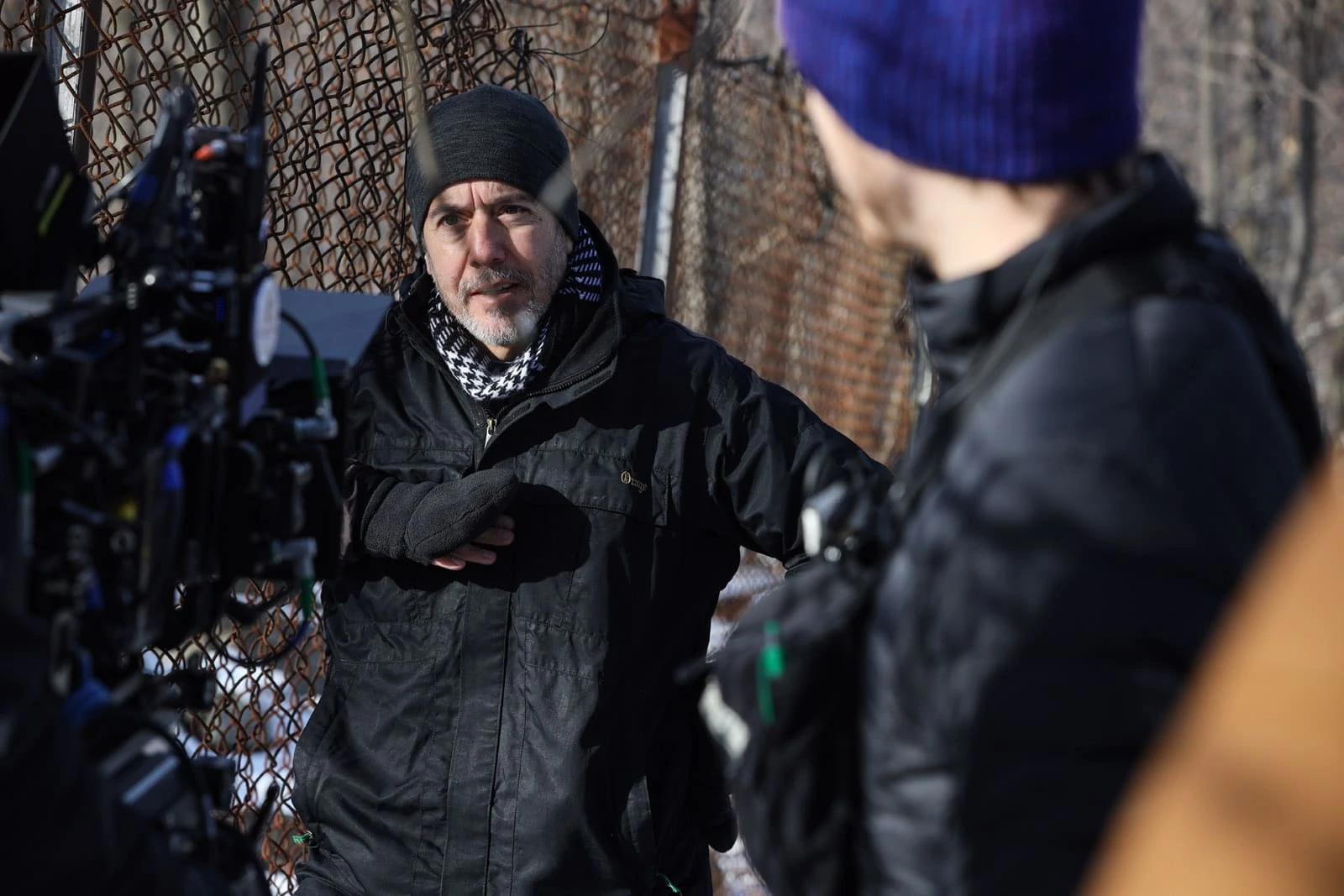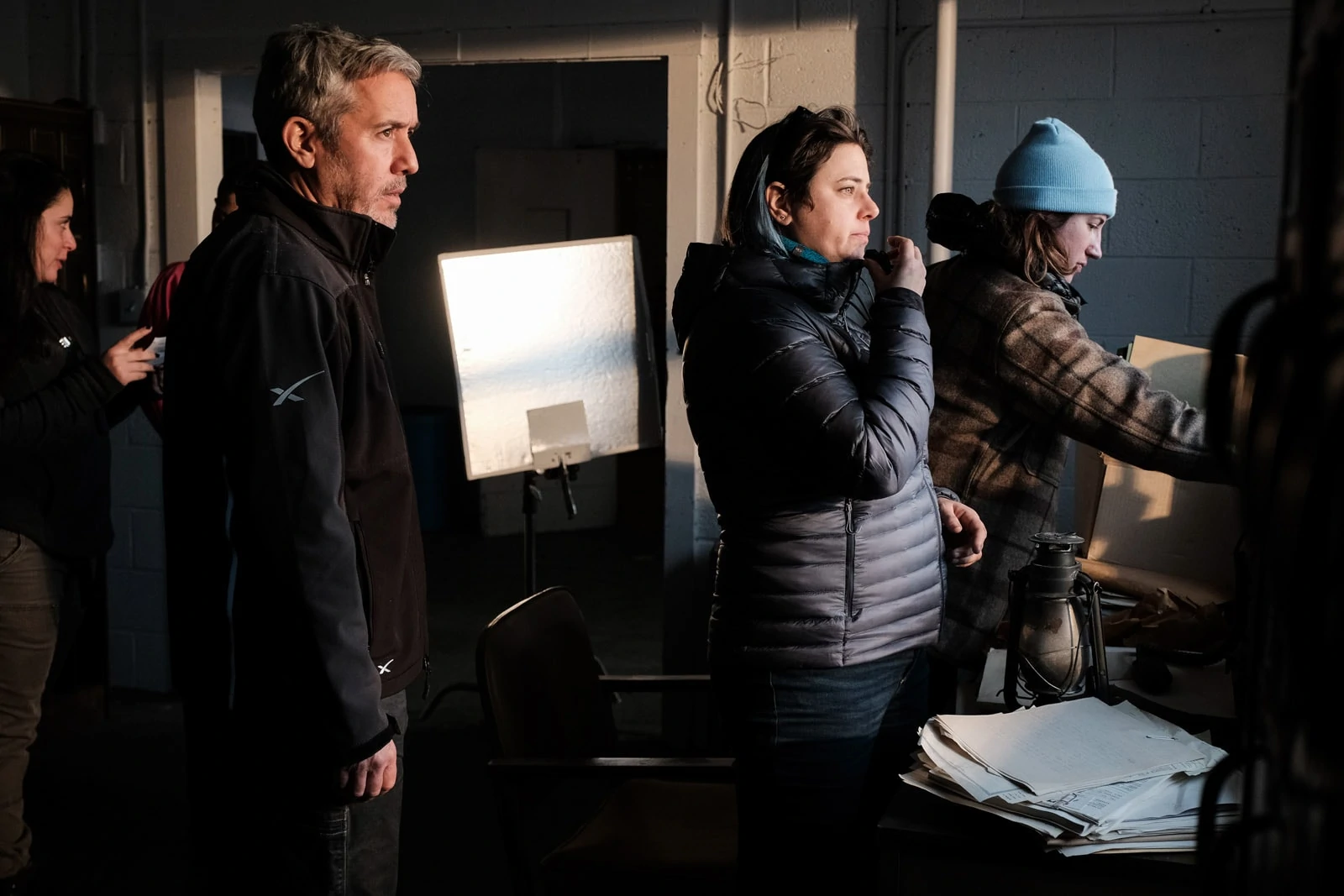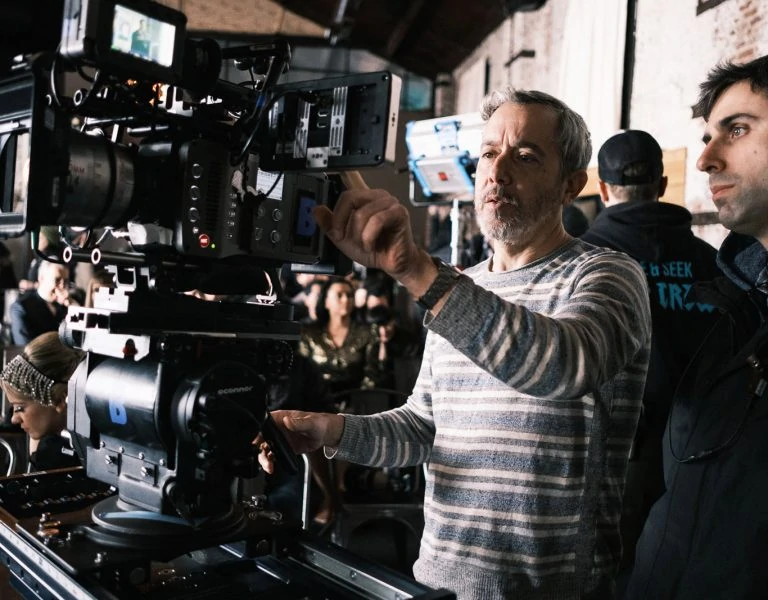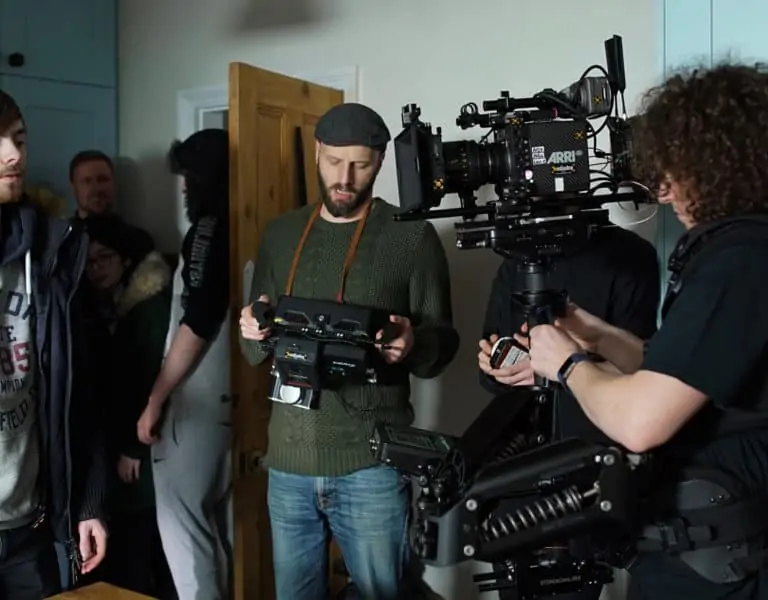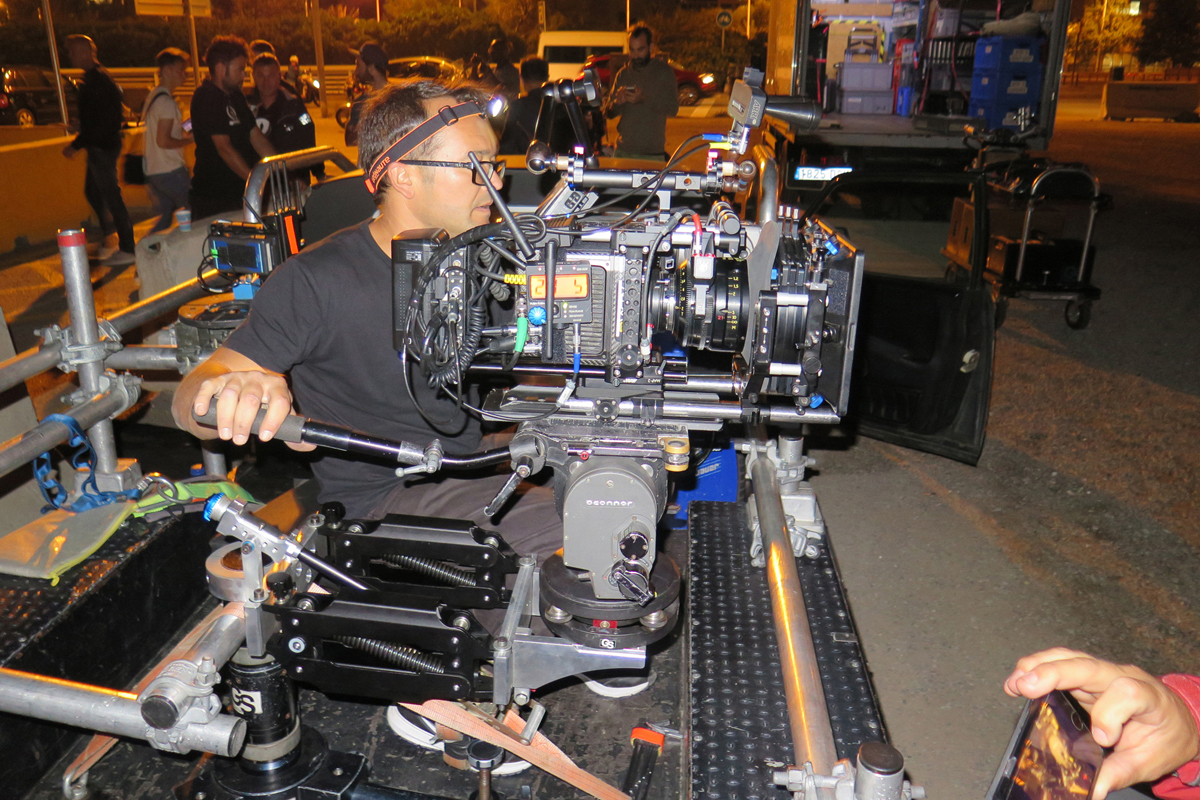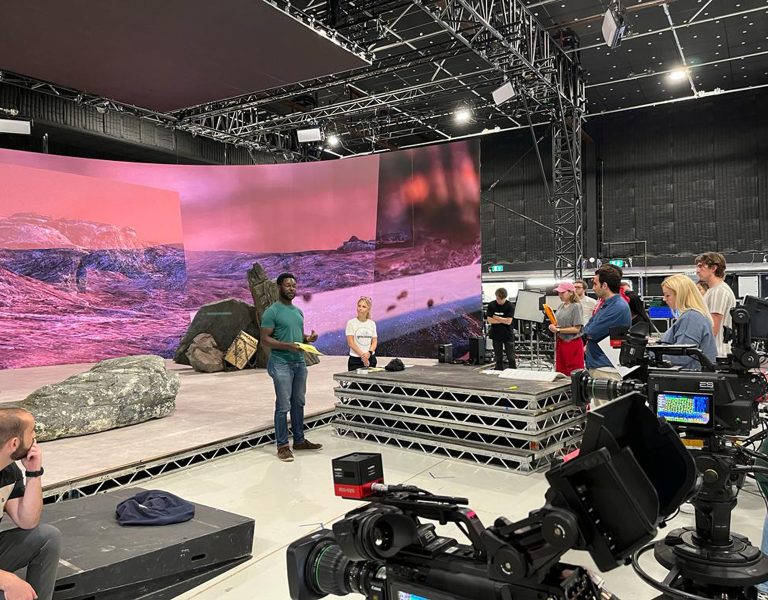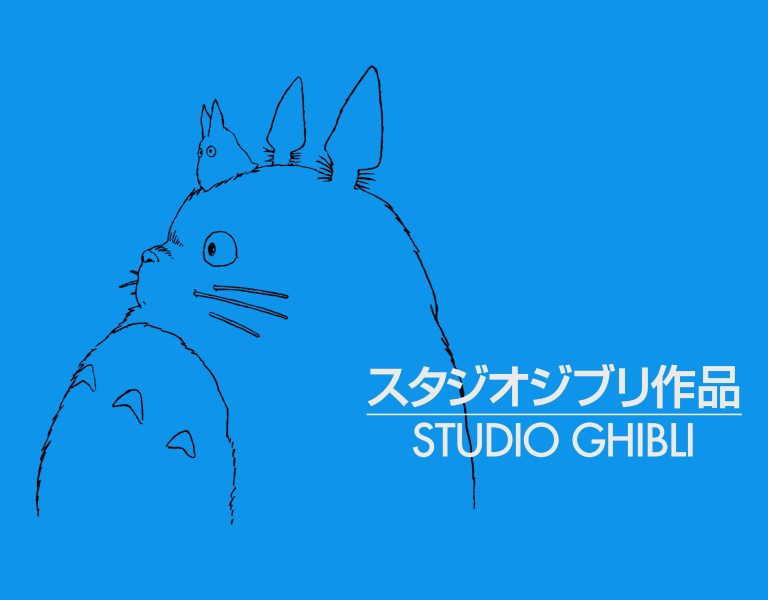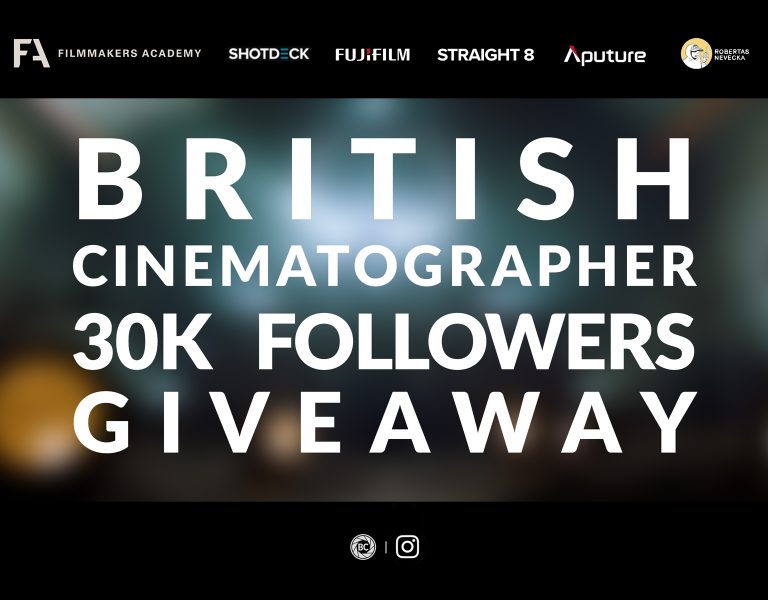
Mark London Williams catches up with DP Jonathan Furmanski to discuss his work on the ever-evolving series and how his documentary experience informs his narrative productions.
“Search Party,” its director of photography, Jonathan Furmanski asserts, “is a small show, and moves at a very quick pace.” Though in terms of visibility, it’s definitely getting bigger. And even its pacing has changed, with a switch from TBS to HBO Max, which, as Furmanski notes, is still “the Warner family. (But) it’s a much bigger reach – we’re able to be advertised and put alongside their flagship shows.”
Thus, fans of The Flight Attendant, the upcoming Justice League recut, or myriad other Warner Media offerings can get wind of the half hour dark comedy, starring Alia Shawkat as part of a group of twenty-somethings in New York, who begin searching when one of their own suddenly goes missing. The search is as much to give meaning to their lives, as it is to find the vanished friend, and over the seasons, the trail also leads to murder trials and kidnappings.
And indeed, with its multi-season success, Search Party’s cohort may scarcely still be twenty-somethings anymore. Furmanski, who also shot the feature Good Boys, and numerous other projects, including documentaries (including one by Judd Apatow on the late Garry Shandling, also on HBO), has spent the last few seasons capturing the millennial misadventures of Shawkat and company with ARRI gear, both cameras and glass.
They’ve stayed in the Amira or Alexa family, he says, and mostly the former, because he was an Amira owner. But there were stylistic reasons, too: “We use a lot of handheld, and did a lot of documentary-style shooting. Halfway through season one, we started using the Mini a little more regularly.
“I would just run around, kind of grabbing it like it was a football and put it in peoples’ faces. We started calling that our ‘Mini-Me’ set-up. It became part of the language of the show. By the time we did season four, it was an Amira and a Mini,” both usually hooked to Master Prime lenses.
Furmanski’s rhythms reflected those of the series: “It’s a small show,” he says, “and moves at a very quick pace,” noting they usually shoot a quite impressive eight-and-a-half pages a day, over an average of a four-day week, for an episode.
What became less frenetic, with the move to HBO, was the pace of the story: “We didn’t need to worry about commercial breaks anymore. We didn’t need to worry about act breaks or anything like that. It just means that the show has more room to breathe.”
He also allows that “the documentary experience that I’ve had – which I feel very grateful for – kind of informs all the narrative shooting that I do. I like to feel that the camera is uninhibited, and documentaries teach you that.”
Meanwhile, the inhibitions and restrictions of the pandemic era kicked in, shortly after season four wrapped, necessitating a lot of remote work for post-production, though Furmanski himself was able to go into Technicolor in person, for colour grading while everyone else watched remotely. “It was very easy to set up,” he says.
At the time of writing, he was awaiting word on shooting a new pilot, which had already been pushed a couple of weeks, even with, or despite, current COVID protocols. And he referred to other jobs being delayed or leaving people on standby. “Even though I’m not on those jobs, there’s a ripple effect, because those people are unavailable – it cascades to what everyone’s doing.”
Almost more reason, then, to be ready with a documentarian’s instinct to capture an image or a scene at a moment’s notice.
